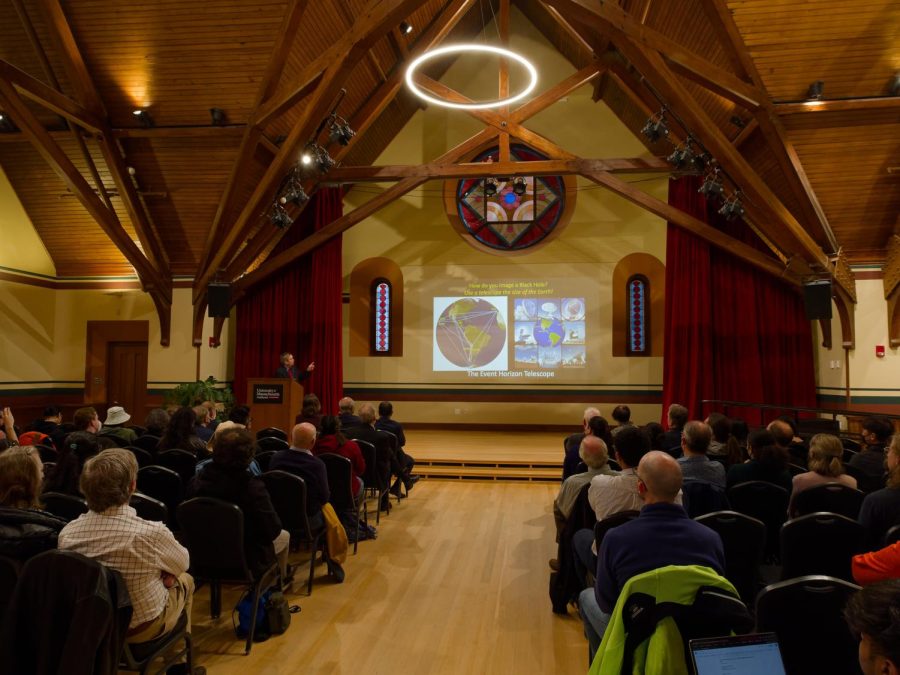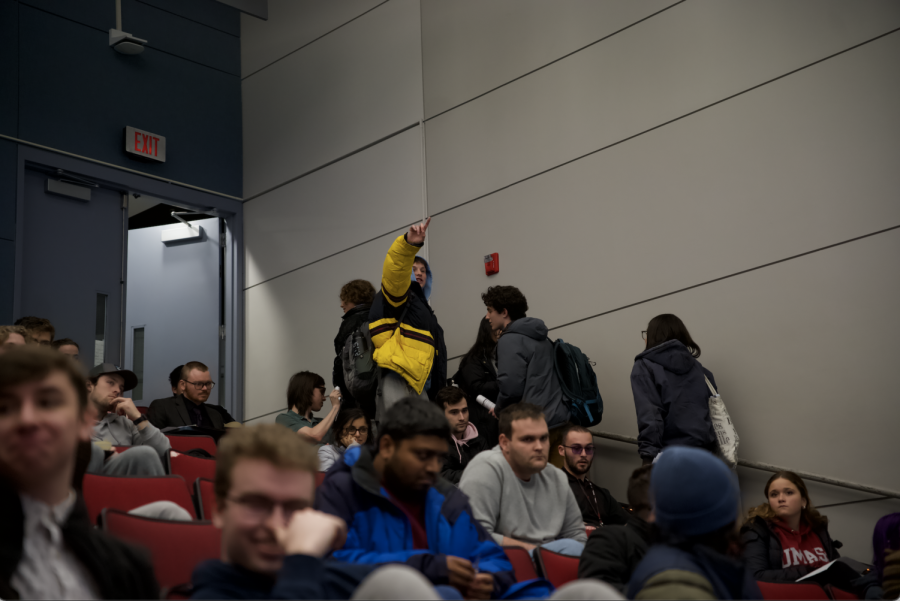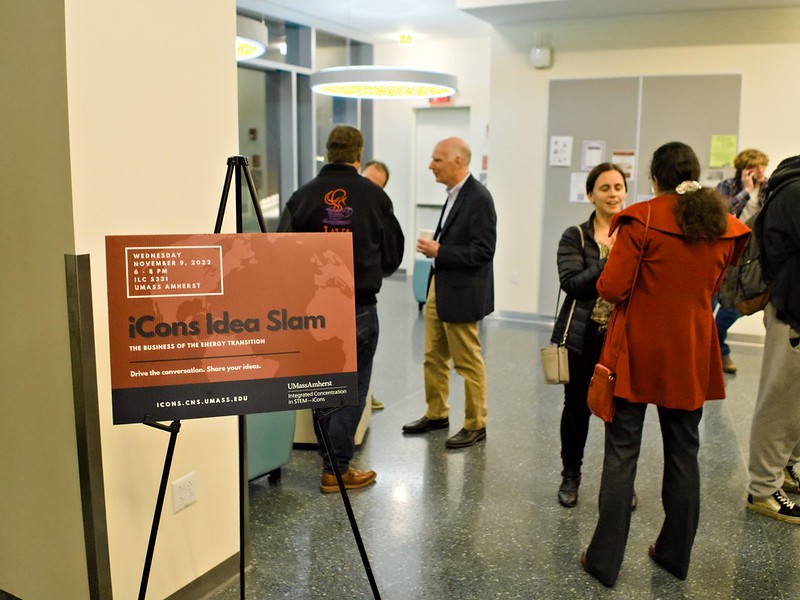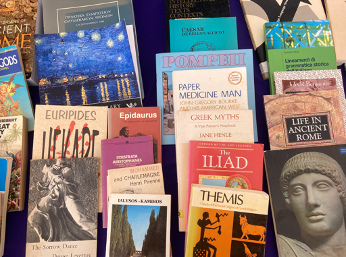
The common belief that the moon was formed after a giant impact between a young Earth and a body the size of Mars may not be so common anymore due to several new bits of evidence, one of them major: There is no evidence on the moon of any contamination from such an impact.
Donald Wise, professor emeritus of geosciences at the University of Massachusetts, noted that new models released in 2012 adopt “starting conditions” similar to those in a lunar origin model he and several other scientists worked on in the 1960s.
Wise and his team put forth a “fission” origin for the moon. He described his hypothesis by saying, “The early earth was spinning at almost its breakup speed before its core separated and settled. The result increased its spin rate, much as ice skaters pull in their arms to spin faster. This caused the outer portions, now without the metal core, to spin off as the moon with a composition in many ways identical to the Earth’s mantle.”
During this time, there were two other hypotheses about the origin of the moon: that the moon was part of a double planet system, and that the moon was a small body captured from elsewhere in the solar system.
At the time, the double planet system seemed unlikely to have survived without the two planets impacting each other and fission seemed to have angular momentum problems.
The capture theory was first accepted because it seemed to account for the angular momentum problems, which led to the scientific community shifting their opinions toward that view.
When Apollo 11 launched in 1969, Wise published a paper that pointed out major problems with the capture theory. He said, “Capture proponents had papers criticizing my model by name for its 2.7 hour rotation rate while explaining their models in the same paper with graphs and illustrations that required the same 2.7 hour rotation rate. Somehow this contradiction fell beneath the radar of the science community.”
By 1975, however, the capture theory was discarded, and the giant impact hypothesis was then adopted. Wise had serious doubts about this hypothesis, saying, “Watching the scientific community spend almost four decades of failures to find even one successful computer simulation in support of the giant impact hypothesis made me wonder when somebody is going to remember that old 1969 paper.”
The giant impact hypothesis began a new period of lunar origin research because it was a hypothesis that was capable of being tested by computer simulations. Detailed investigations show Earth’s mantle and the moon’s compositions contain some not only similar, but also identical isotopes.
In 2012, yet another period of lunar origin research began when Harvard astrophysicists Matija Cuk and Sarah Stewart proposed a successful giant impact model, which has relevance for fission models.
As Wise looks to the future, he said, “A new era for lunar origin theories has dawned when most of the old constraints have been thrown away. Almost anything goes: models of a Mars sized impactor called Theia plowing into the Earth or glancing collision of a pair of half-sized earths that joined into a sub-2.7 hour rotation before breaking up in a fashion almost identical to my upgraded proposal, or several version of ‘hit and run’ impacts wherein the colliding body continued onward.”
He goes on to say that future experiments will include some version of the giant impact, while none mention the simpler alternative of core formation driving a rapidly spinning early Earth driven to rotational separation.
As for the reason for his own hypothesis being ignored, Wise said there is no good answer. He said the scientific community “has dug itself so deeply into the giant impact rut, that it seems unable to think outside that box, even as it complains about the present hypotheses.”
Wise recently upgraded the older model and suggested reconsidering the hypotheses of lunar origin as well as a larger range of exploration possibilities.
Catherine Ferris can be reached at [email protected].


















